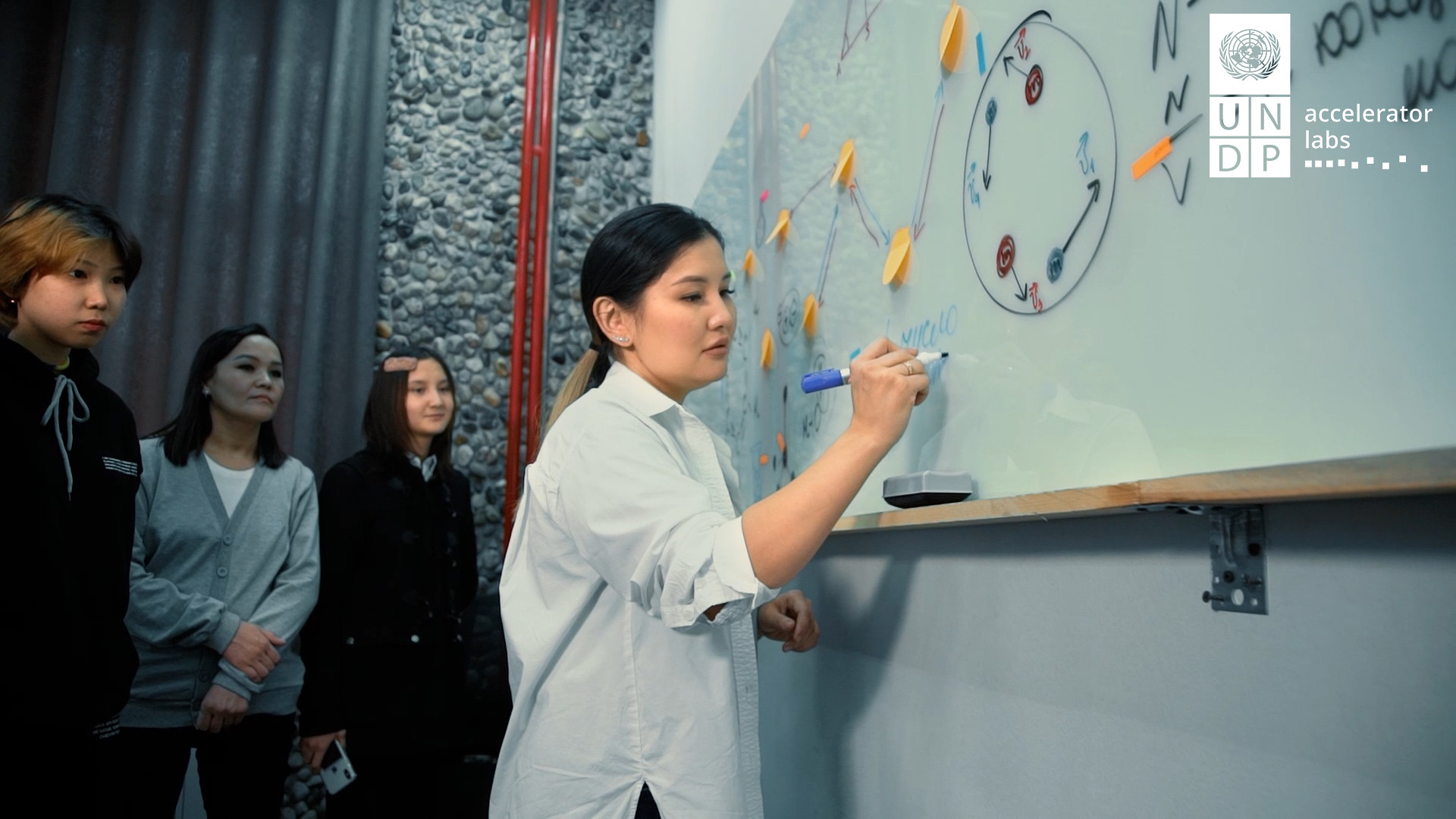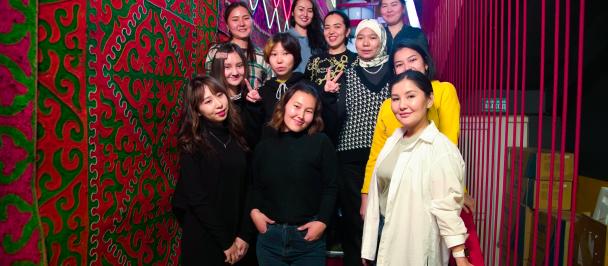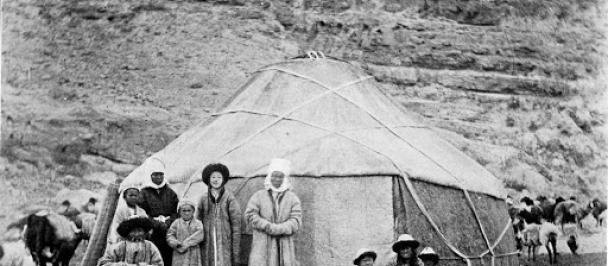Social inequality has become one of the major concerns in developing countries, including Kyrgyzstan. Some research prompts that income inequalities and unemployment can cause economic slowdown and contribute to societal fragmentation. However, according to an international study by the German Development Institute, there is no consensus, even among the scientific community, on whether and how the social cohesion of a community affects its well-being. There is not enough data yet to say with certainty that social cohesion and economic growth are mutually-reinforcing or to determine which is the cause and the effect.
Hypothesis
The further I explored this topic, the more I wanted to test the hypothesis: IF people live better and have more opportunities for their realization, THEN they have more incentives to communicate, collaborate, or, at least, find compromises. What innovative approaches can be applied to stimulate social cohesion, if possible? Are there any economic sectors or industries where the very process of work motivates diverse groups of people to unite for a better result?
Talent, Tolerance, and Technology
It turned out that such industry exists as according to Richard Florida’s book “Creative Class: People who change the future". Synergy occurs from the combination of three "T"s - Talent, Tolerance, and Technology” which can lead to more inclusive and creative development of industries.
More precisely, the creative class which consists of people producing economic values in the process of creative activities is evolving most rapidly where a critical mass of creative people, access to technology and openness to various ideas are ensured. Simultaneously, this combination attracts representatives of creative industries to certain places: countries, regions, cities and districts. That is why places with a high concentration of start-ups and innovations are already clearly looming on the world map, like the well-known Silicon Valley.
Well, that was exactly what I needed. However, the question was: how can I best approach the development of creative communities in a small and originally not very creative city? What innovative projects can be launched? Who should be the target audience?
Thoughts create actions
At the end of 2021 I visited the southern capital of Kyrgyzstan - Osh City. This trip offered additional food for thought and helped me to define entry points for designing a portfolio for creative industries.
Firstly, based on the conversations with local grassroots, it became clear that the city needs both creativity and positive causes as well as a platform to unite people, especially youth. By the way, the southern capital of our republic is a very “young” city; more than 75,000 young people aged 14-28 years live there among which almost 30,000 are students. And such a youthful population of our country can be considered in principle as a comparative advantage for the development of creative industries.
Secondly, the creative class in Osh is already emerging thanks to the establishment of creative spaces and self-organizing local enthusiasts. Nevertheless, it needs support in many areas, especially for girls and women as the creative industries are particularly promising in terms of employment and self-realization of women.
These thoughts and facts inspired me to create the Women Creative Lab (WCL) in Osh - a safe, creative space for girls and women who want to realize their potential in creative industries.
Women Creative Lab paradigm
In practice, the Women Creative Lab is a coworking space and an enabling environment for more than 100 girls and women joining the Lab over the year. The residents will have access to unique training programs and mentoring support as well as to seed funding for testing or accelerating their business ideas in creative industries. But in fact, WCL is more than just a physical space. It is a networking and nurturing environment in which girls will feel comfortable, become more self-confident, develop new skills, discover opportunities, and improve the quality of their lives.
The hypothesis that such gender-sensitive coworking can become a successful case for unlocking the potential of girls has been confirmed in the discussions with local youth, civic activists, and creators. Moreover, after personal meetings with the representatives of the local community, it became clear that the paradigm the Lab is built on is especially important in the context of the southern capital, where more traditional social principles prevail.
It is planned that this year, at least 1000 people will join the WCL network through attending open events, providing diverse support, becoming ambassadors. The community will include both women and men, since we do not want to create an artificial "bubble", on the contrary, it is important for us that the paradigm is gender inclusive. I believe that this will strengthen the initiative to be more scalable and sustainable. After the first year of operation in this mode, the Lab is expected to switch to partial self-financing where residents can rent space through their income generated in the creative industries.
Women Creative Lab in Osh has already started its functioning and launched several events to build its community. You can follow the news on our social networks:
I believe that this paradigm, if tested successfully, is replicable and scalable for other regions of Kyrgyzstan, especially rural areas where girls and women lack empowerment. If you are interested in WCL’s paradigm and partnership with UNDP on digital innovations and gender inclusive empowerment, please contact me, Viktoriia Petrova,
Head of Exploration UNDP Accelerator Lab in Kyrgyzstan, at viktoriia.petrova@undp.org
Creative Industries in Kyrgyzstan: Over the period 2014 - 2018, contribution of the creative industries to the GDP of the Kyrgyz Republic stayed at around 1% annually, whereas foreign direct investment to the sector constituted about $500K per year. In 2020 the total number of those employed in creative industries were 13,000 which is around 0.6% of the total number of employed population. There is a high employment rate of youth and women in creative industries: 60% are women, 40% are youth. Total number of enterprises registered in creative industries in 2020 was 798 units, 513 out of which were from the private sector and 285 were state enterprises. The importance of the development of creative industries for increasing the employment of the population is noted in the National Development Program of the Kyrgyz Republic until 2026, as well as in the Concept of Creative Industries 2021-2023.

 Locations
Locations



